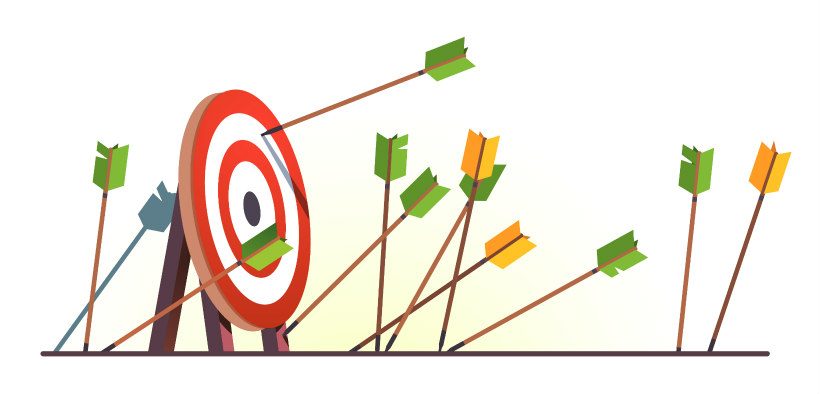Failure is a regular column topic—specifically, the need for students and their teachers to reorient to it as an opportunity for learning. Our natural inclination makes us want to run from it. We don’t need to intentionally fail; plenty of it happens without intention, and we aren’t ever going to enjoy failing. We just need to see it for what it is: the inability to do something and the chance to try again.
Understanding Students’ Experiences of Failure

- Tags: failure, student learning
Related Articles
I have two loves: teaching and learning. Although I love them for different reasons, I’ve been passionate about...
Active learning is a mostly meaningless educational buzzword. It’s a feel-good, intuitively popular term that indicates concern for...
Perhaps the earliest introduction a student has with a course is the syllabus as it’s generally the first...
Generative AI allows instructors to create interactive, self-directed review activities for their courses. The beauty of these activities...
I’ve often felt that a teacher’s life is suspended, Janus-like, between past experiences and future hopes; it’s only...
I teach first-year writing at a small liberal arts college, and on the first day of class, I...
Proponents of rubrics champion them as a means of ensuring consistency in grading, not only between students within...








